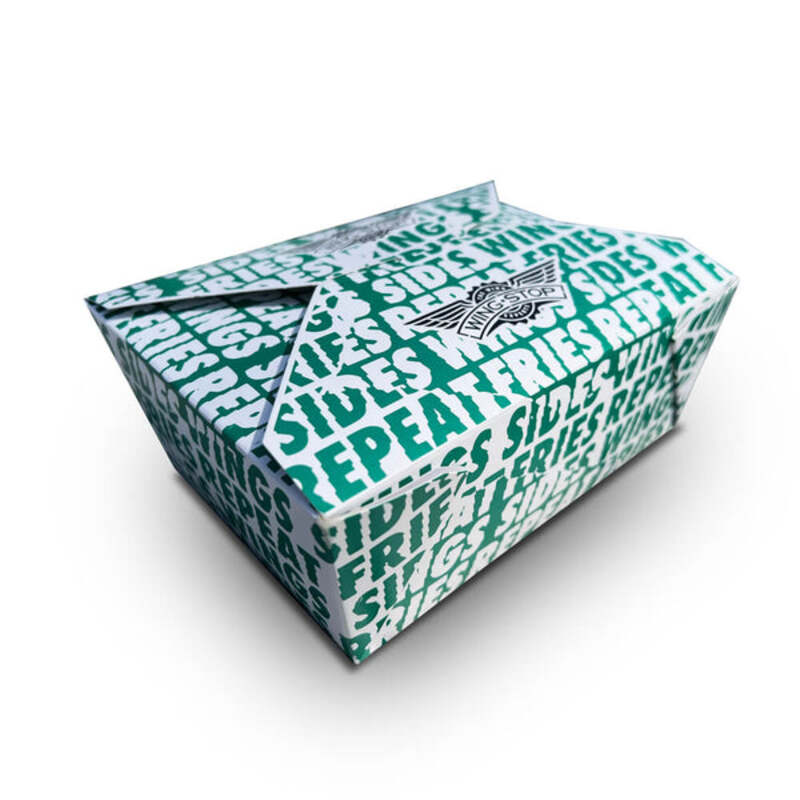The Art and Science of Wine Packaging
Wine packaging plays a crucial role in the beverage industry, serving not only as a means of protecting and preserving the quality of wine but also as a vital marketing tool that communicates a brand's identity and values. As the wine market becomes increasingly competitive, producers are recognizing the importance of innovative and sustainable packaging solutions to attract consumers and enhance their product offerings.
First and foremost, the primary purpose of wine packaging is to safeguard the wine from external factors that can compromise its quality. Glass bottles have long been the traditional choice for wine packaging, as they provide an excellent barrier against oxygen, light, and temperature fluctuations. The color of the glass can affect the wine's exposure to ultraviolet light; for example, green and brown bottles are commonly used to protect wines from light damage while clear bottles allow for greater visual appeal but may compromise the wine's integrity.
Recent trends, however, have seen an increase in alternative wine packaging options. Bag-in-box, PET bottles, and canning have gained popularity, especially among younger consumers who favor convenience and portability. The bag-in-box format, for instance, allows for easy transportation and storage while preserving the wine's flavor for longer periods once opened, owing to its airtight seal. Similarly, aluminum cans reduce the weight of packaging, making them easier to transport and recycle, appealing to environmentally-conscious consumers.
wine packaging

Sustainability in wine packaging has become a prominent focus for many producers
. As climate change and environmental issues gain more attention, companies are striving to reduce their carbon footprint by utilizing eco-friendly materials. Lightweight glass bottles can significantly reduce energy consumption during transport, and many vineyards are now exploring the use of recycled materials to create their packaging. Additionally, some brands are opting for refillable bottles, which not only lessen waste but also promote a circular economy.Aesthetics also play a crucial role in wine packaging design. The label design is often the first point of contact a consumer has with a wine brand, making it essential for brands to convey their story and values effectively. Designers use various artistic elements to create distinct and eye-catching labels, making a product stand out on crowded store shelves. The font, color scheme, and imagery can create a sense of luxury, tradition, or modernity, catering to different target markets.
Moreover, technology is making its way into the realm of wine packaging. Distinct bottling techniques, such as the use of QR codes, are being incorporated to provide consumers with an interactive experience. Scanning a code could lead to detailed information about the wine's origin, tasting notes, and even food pairing suggestions. This not only enhances consumer engagement but also educates them about the wine, thereby fostering loyalty to the brand.
In conclusion, wine packaging is a multifaceted aspect of the wine industry that encompasses protection, sustainability, aesthetics, and consumer engagement. As consumer preferences evolve and environmental concerns continue to rise, producers must adapt and innovate to stay ahead. The future of wine packaging lies in finding the perfect balance between tradition and sustainability, creating an attractive product that appeals to an ever-changing market. Through thoughtful and innovative packaging solutions, wineries can not only protect their precious products but also captivate the hearts of consumers around the world.



